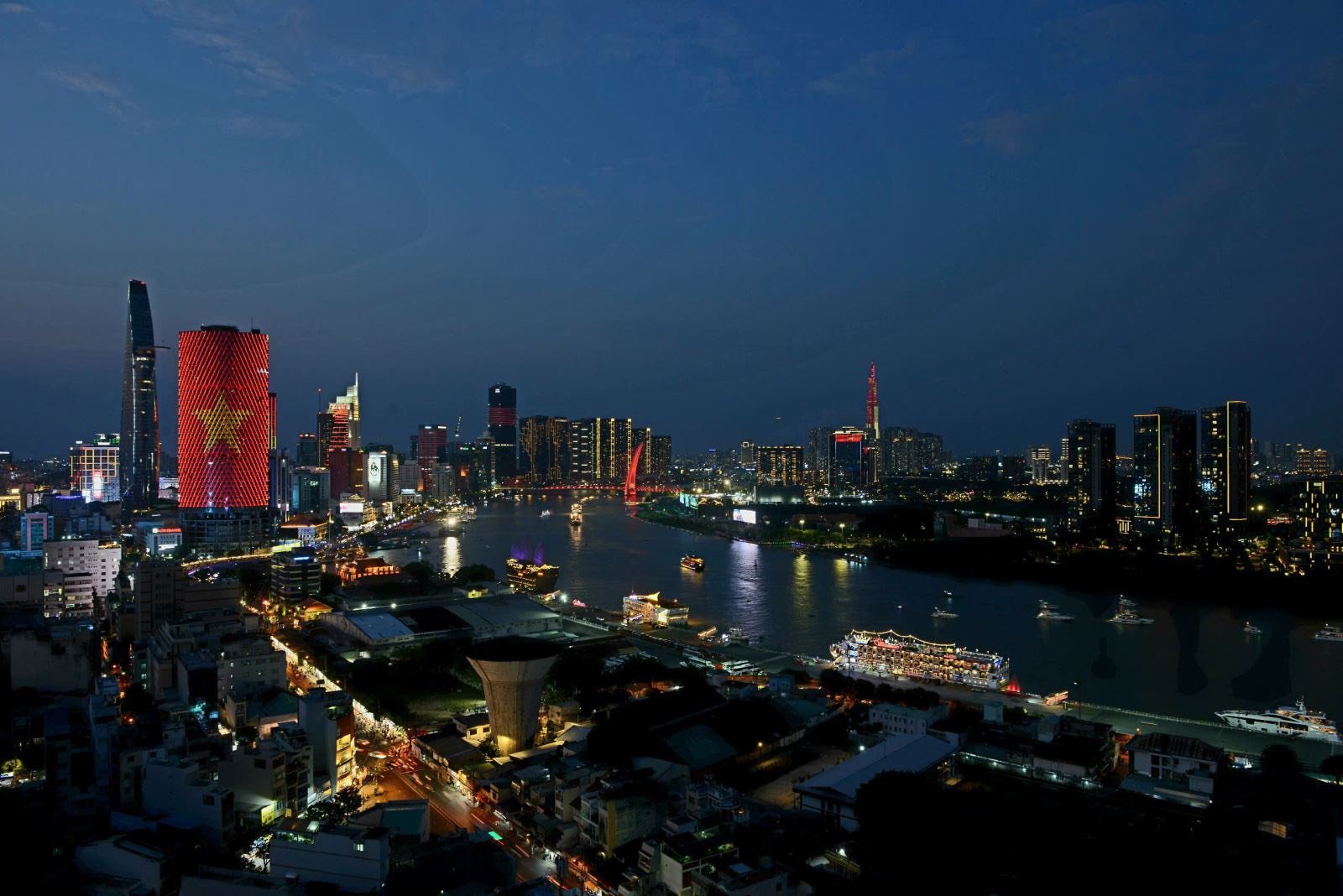
Lesson 1: Innovating the growth model, creating momentum for green and digital transformation
The Draft Political Report of the 1st Congress of the Ho Chi Minh City Party Committee focuses on “innovating the growth model”, shifting from extensive to intensive development, based on increasing productivity, quality and creativity of the people of Saigon - Ho Chi Minh City. This is a pivotal stage for the City to create a driving force for green - digital transformation, deeply integrate with the global value chain and enhance international competitiveness.
Building a sustainable economic model
In the new term, Ho Chi Minh City has set the goal of rapid and sustainable economic development on the basis of economic restructuring, taking science and technology, innovation and knowledge economy as the driving force. The city is implementing the transformation and restructuring of industrial parks and export processing zones towards ecological - high technology, developing strategic industries such as supporting industries, new materials, biotechnology, renewable energy products and equipment that meet international standards. At the same time, it is attracting multinational corporations in the fields of semiconductors, electronic components, chips; forming R&D centers, biomedical research centers and new technology product platforms.
At a higher level of technology, the City aims to nurture future fields such as AI, quantum technology, robotics, aerospace, green hydrogen, gene technology and high-end pharmaceuticals. Not only to “go along” but also to “go ahead” in global technology chains, thereby opening up new growth margins and increasing the proportion of domestic added value.
According to Associate Professor Dr. Tran Hoang Ngan, former Director of the Ho Chi Minh City Institute for Development Studies, the key point of growth model innovation is to shift the focus from capital - land to productivity - knowledge - technology. "Once labor productivity and innovation capacity become the measurement, Ho Chi Minh City will escape the old growth ceiling and open up a new development space of a smart super city," said Associate Professor Dr. Tran Hoang Ngan.
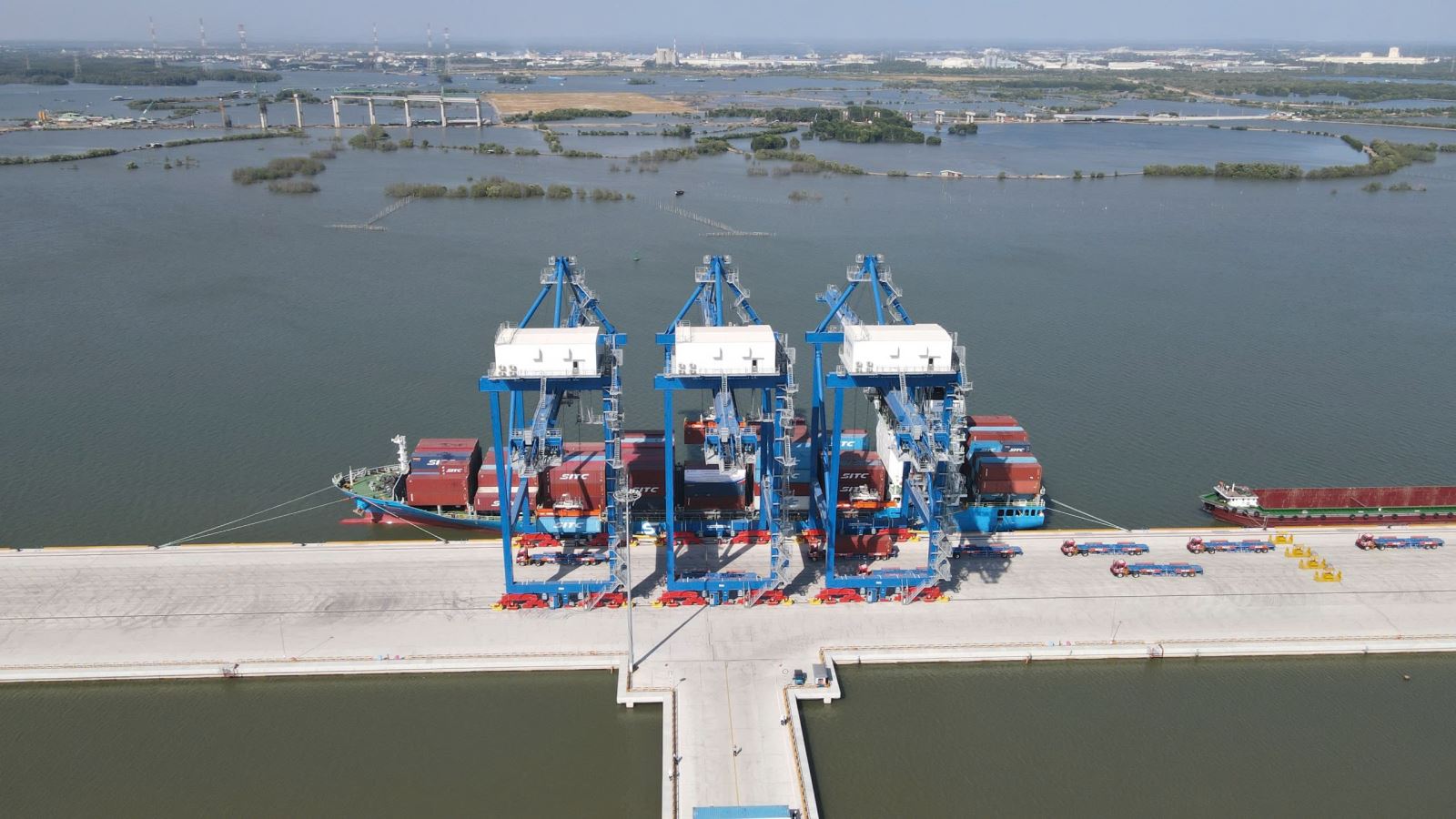
Another focus in the new term is that Ho Chi Minh City will focus on restructuring the supply chain of goods and services according to modern standards. Specifically, Ho Chi Minh City will take advantage of the scale of the domestic market, link domestic trade with import and export and participate deeply in the distribution network - global value chain. The city plans new generation free trade zones, smart logistics centers, international transit port clusters and cargo airports; reorganize the system of satellite ports, ports along the Saigon River and ICD ports according to an effective inter-regional logistics chain.
In addition, for the sea-port axis, Ho Chi Minh City is oriented to develop a smart port-logistics cluster at Cai Mep - Thi Vai - Can Gio following the model of a digital super port, operating with big data and multimodal connection. "If we go in the right direction of digitalizing logistics and green standards, this port cluster will not only reduce supply chain costs but also become a new generation FDI magnet, connecting Ho Chi Minh City with the role of a trade-finance 'hub' of ASEAN. To do this, Ho Chi Minh City needs to promote the digitalization of the logistics system, apply green standards in port management and supply chain operations," said Dr. Can Van Luc, an economic expert.
Another pillar is to build the Ho Chi Minh City International Financial Center to attract investment, develop a modern financial market, and connect globally. The city expects to apply digital financial models, smart banking, green finance, digital assets and Fintech, integrating digital financial infrastructure with electronic payment platforms, digital asset transactions, blockchain technology, and big data management. Financial expert Nguyen Minh Duc said that once formed, the financial center will help domestic enterprises have the opportunity to access long-term capital at reasonable costs, raise transparency and risk management standards, and create a "launch pad" for new generation financial services.
Multipolar development - hyperconnectivity
In the new term, Ho Chi Minh City has set a goal of shaping the development space according to the multipolar - integrated - hyper-connected mindset. The dynamic axes include the East - West axis extending from the Cai Mep - Thi Vai port cluster; the Eastern high-tech axis (Thu Duc - Di An - Tan Uyen) and the transnational trade - logistics axis connecting airports and seaports with inland logistics corridors and financial centers. The growth poles are adjusted according to three spearheads: financial center, Eastern innovation pole, Northwest logistics pole, creating a "dynamic triangle" for the whole region.
Dr. Vo Kim Cuong, an urban planning expert of Ho Chi Minh City, said that Ho Chi Minh City aims to develop a multi-center model to help reduce the load on the core area and spread development opportunities to the entire region. Each center needs to have clear, non-overlapping functions; connected by digital infrastructure and smart transportation to create an integrated urban network with international competitiveness. To do this, the City needs to promote decentralization, decentralization, effectively exploit land resources and added value from land for infrastructure development, and strongly attract private and foreign capital through PPP models.
Regarding transportation, the City prioritizes completing beltway projects, expressways, urban railways, inter-regional railways, and freight railways connecting Cai Mep - Thi Vai with Binh Duong, reducing congestion and emissions. The coastal road system and inland waterways are invested synchronously to increase the capacity of transporting goods, passengers and tourism. The vision is to form an integrated, smart infrastructure network, increasing the rate of green transport.
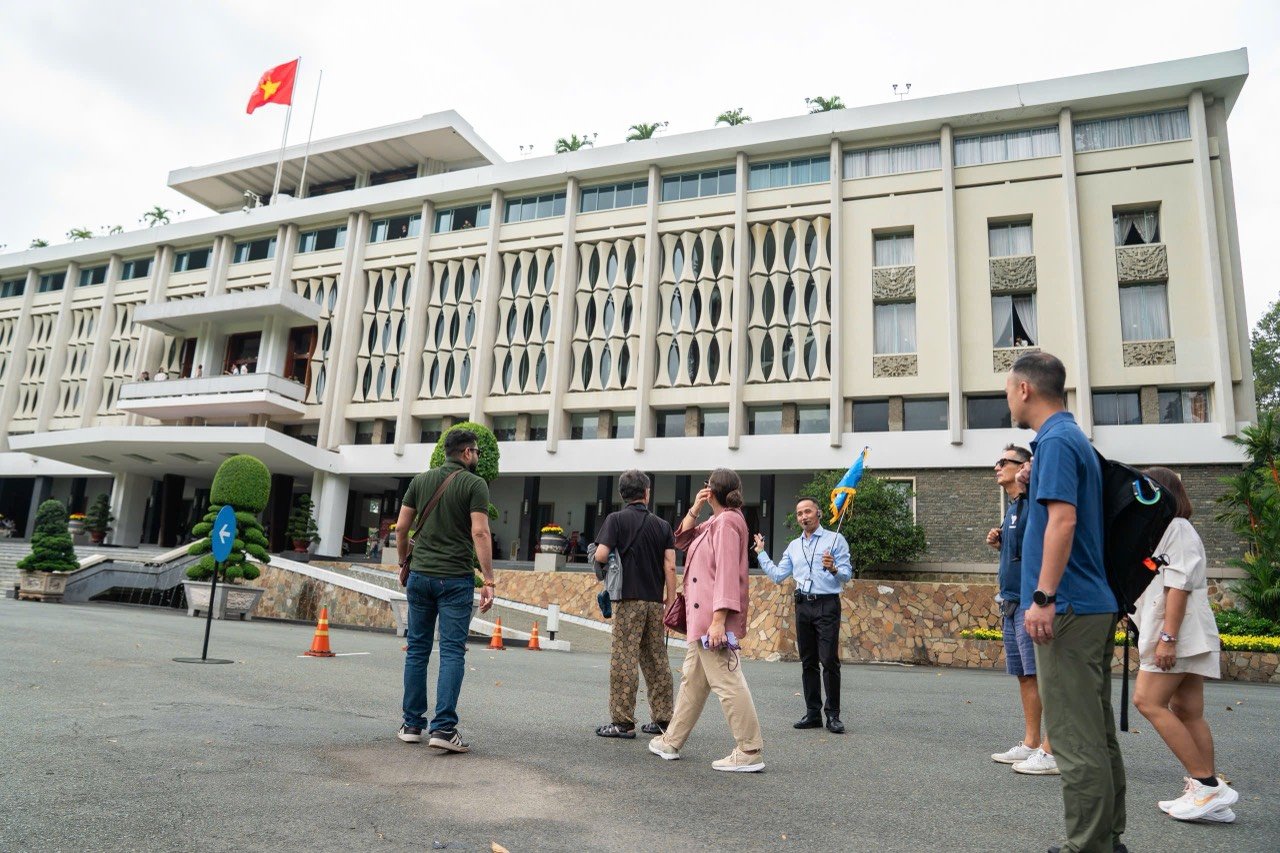
On the urban level, the City aims to complete the Thu Thiem New Urban Area before 2030; start the second phase of Phu My Hung Urban Area; accelerate the Can Gio Coastal Urban Area; and promote the upgrading projects of Vung Tau, Ho Tram, and Phu My. The green smart urban chain connecting Ho Chi Minh City - Di An - Thuan An - Thu Dau Mot - Ben Cat - Phu My is positioned as the new "backbone" of the regional development space, linked to the beltway - expressway intersections, TOD around the metro station and the Saigon River axis.
Digital infrastructure becomes the operating platform, Ho Chi Minh City applies IoT and AI in energy, water and environment management; deploys ITS system to operate traffic in real time; uses big data to optimize urban operations. Riverside space is re-planned in the direction of both exploiting economy - tourism, creating parks, green areas, public utilities, preserving natural landscapes; developing the model of "village in the city - city in the village" in the agricultural - ecological belt, attaching the orientation of "leaning on the mountain, protecting the forest", "sticking to the river, facing the sea".
On the other hand, in the infrastructure strategy for the period 2025 - 2030, the City also prioritizes regional connectivity through external axes such as National Highway 13, highways connecting urban - industrial - seaport - aviation - financial centers; developing an urban railway network in the TOD direction; building a high-speed passenger railway and a freight transport route Bau Bang - Dong Nai - Cai Mep - Thi Vai; increasing the role of inland and coastal waterway transport; upgrading and expanding Con Dao airport to serve tourism - trade; developing digital infrastructure - green transportation, applying AI, IoT, big data in logistics management, supply chains and coordinating capital - energy flows.
Dr. Tran Du Lich, member of the National Financial and Monetary Policy Advisory Council, said that to achieve the goals set for the new term, Ho Chi Minh City needs to synchronize institutions - infrastructure - human resources. When the institutions are open enough to pilot, the infrastructure is smart enough to connect and the human resources are qualified enough to innovate, Ho Chi Minh City can become the nucleus of green finance and innovation in ASEAN in the next decade. In addition, Ho Chi Minh City needs to promote the experimental mechanism (sandbox) in the fields of digital transformation, digital finance, and green urban areas. "The sandbox will create a safe policy space for innovation, helping the City to be fast, solid, and capable of replicating successful models throughout the region," said Dr. Tran Du Lich.
Lesson 2: From economic locomotive to regional international financial center
Source: https://baotintuc.vn/tp-ho-chi-minh/tp-ho-chi-minh-trong-nhiem-ky-moi-bai-1-doi-moi-mo-hinh-tang-truong-kien-tao-dong-luc-chuyen-doi-xanh-so-20251013173618458.htm





![[Photo] Worshiping the Tuyet Son statue - a nearly 400-year-old treasure at Keo Pagoda](/_next/image?url=https%3A%2F%2Fvphoto.vietnam.vn%2Fthumb%2F1200x675%2Fvietnam%2Fresource%2FIMAGE%2F2025%2F12%2F02%2F1764679323086_ndo_br_tempimageomw0hi-4884-jpg.webp&w=3840&q=75)
![[Photo] Parade to celebrate the 50th anniversary of Laos' National Day](/_next/image?url=https%3A%2F%2Fvphoto.vietnam.vn%2Fthumb%2F1200x675%2Fvietnam%2Fresource%2FIMAGE%2F2025%2F12%2F02%2F1764691918289_ndo_br_0-jpg.webp&w=3840&q=75)

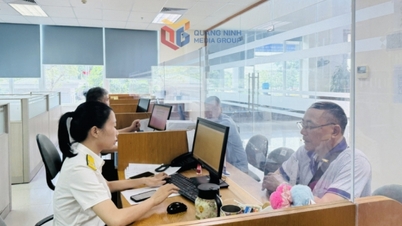

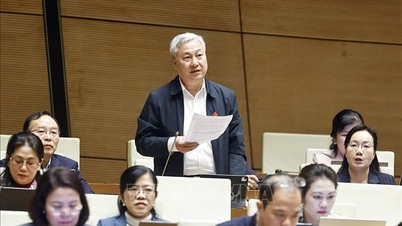


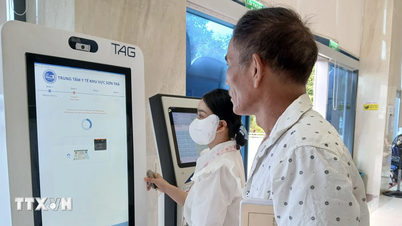

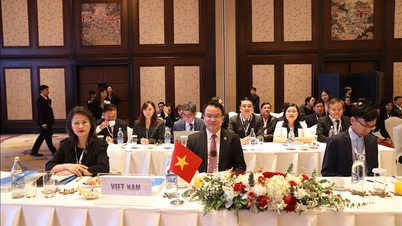
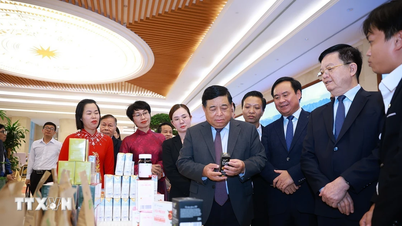
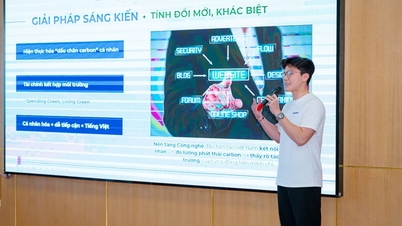

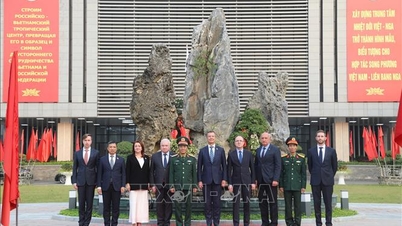
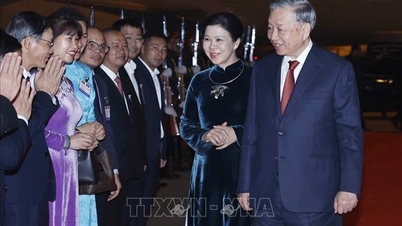

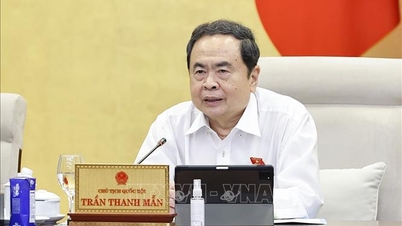




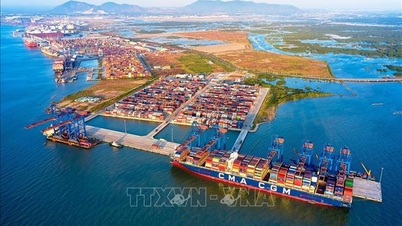

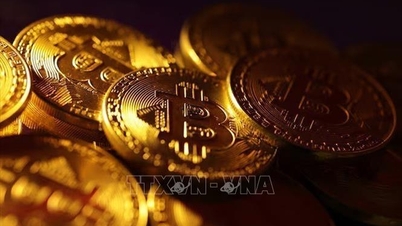
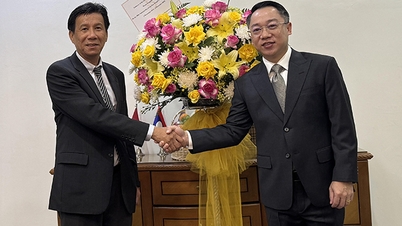
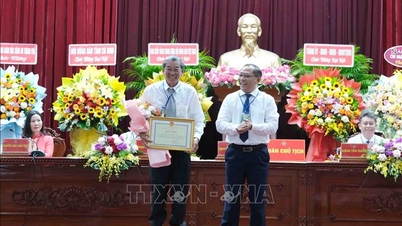
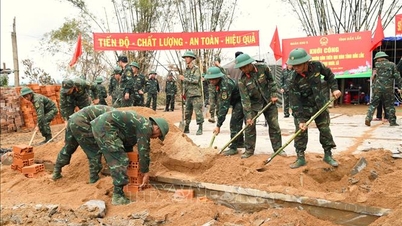
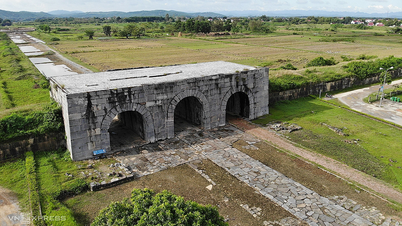




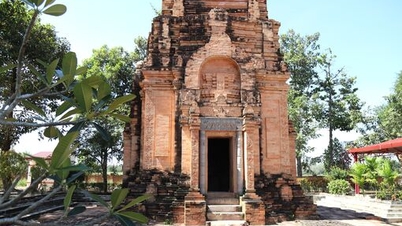

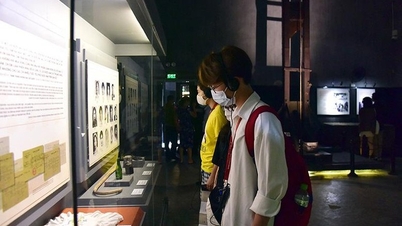
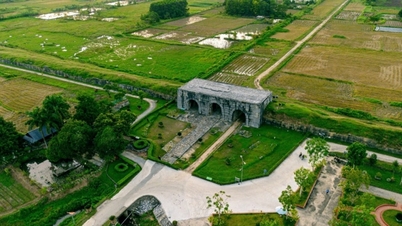





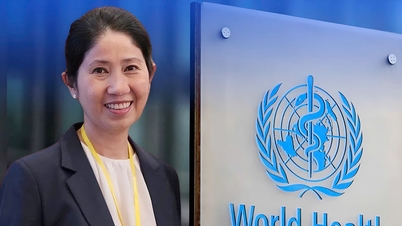


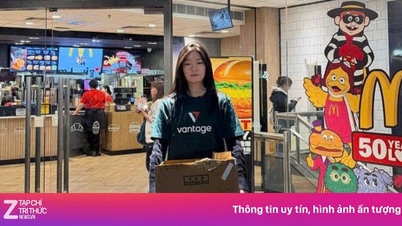

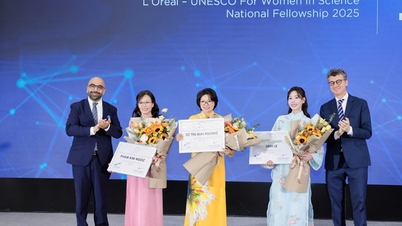


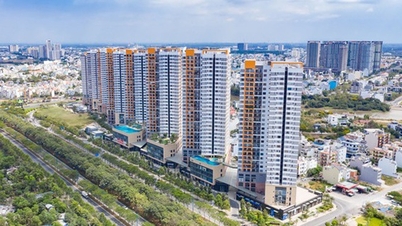




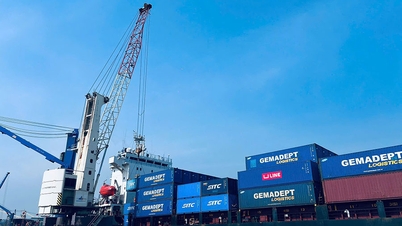







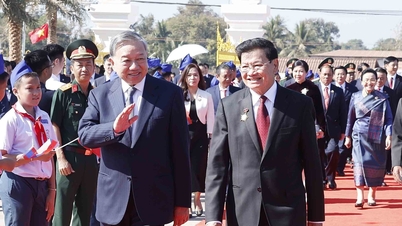
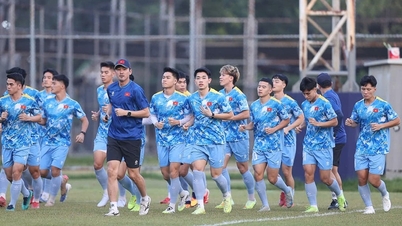



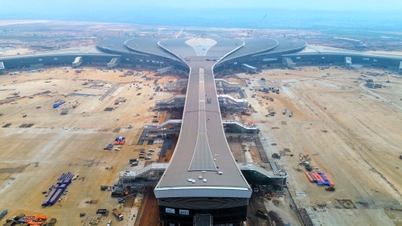



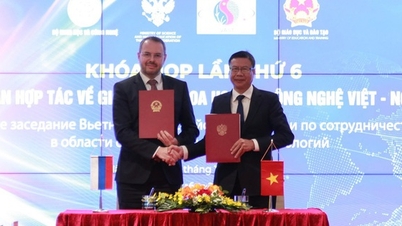
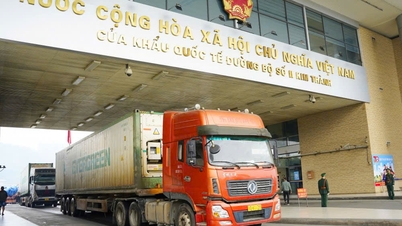

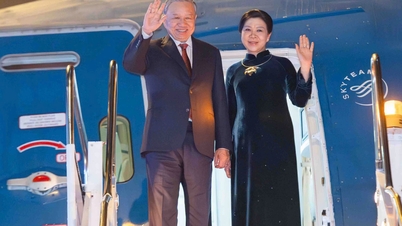

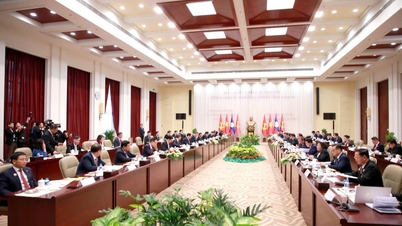

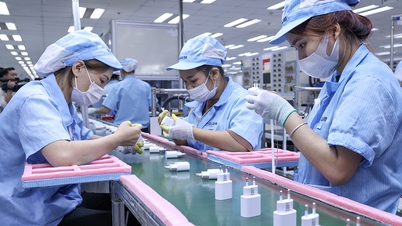
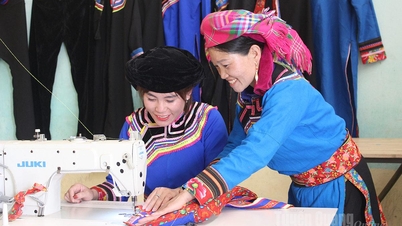


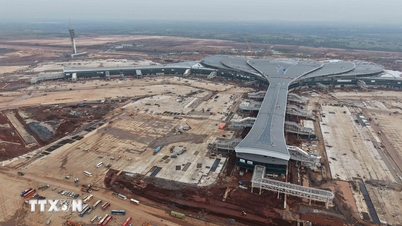

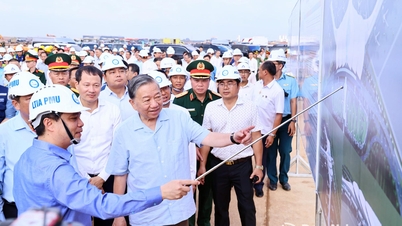


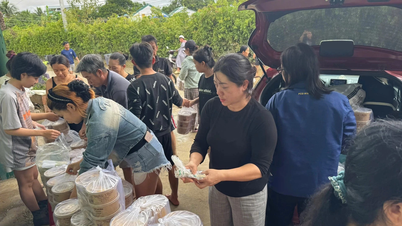













Comment (0)